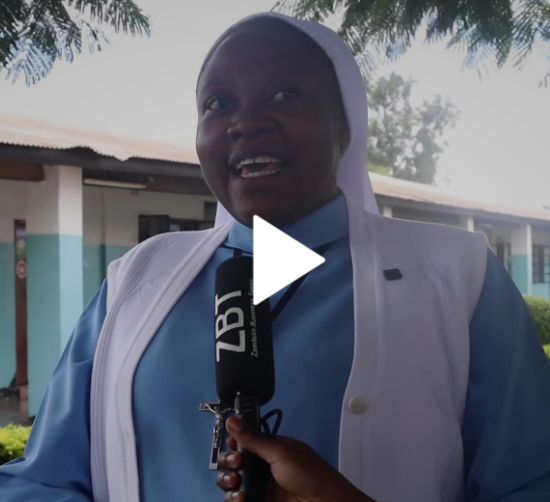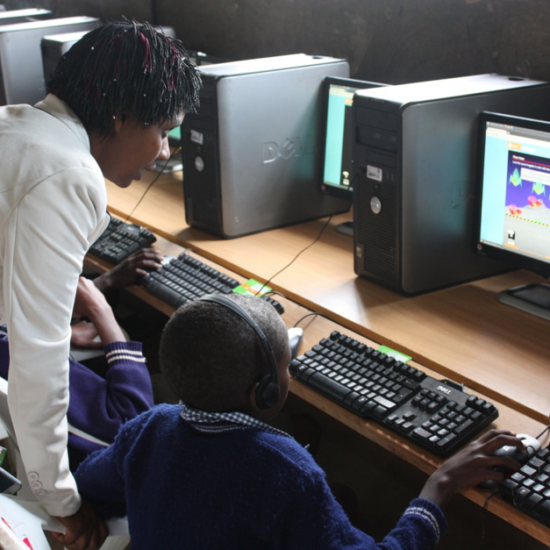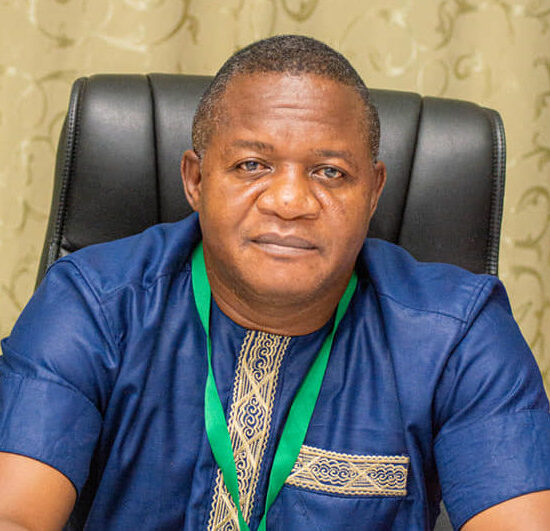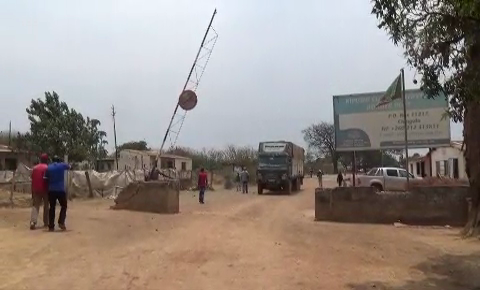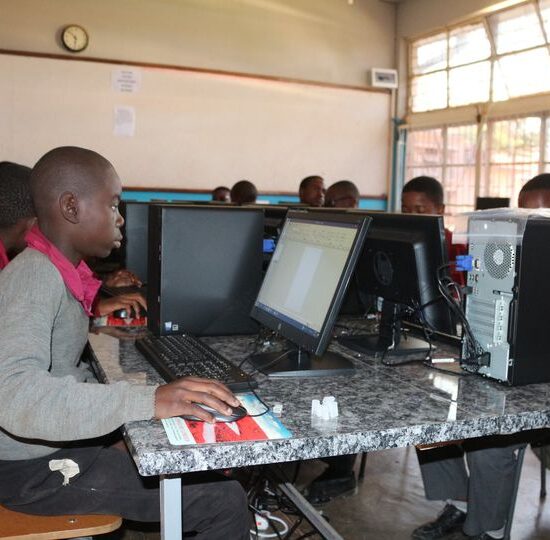
Zambia’s energy prospects have rebounded with the Zambezi River Authority – ZRA announcing that the Zambezi river flow has through out this week of February continued to rise quite steadily, rising above last year’s flows during the same time by 25%.
However, this has still been termed below the long-term average of 29%. The Authority says the flows in the Zambezi River at Chavuma shot up by 73 m3/s between the 5th and 6th of February indicating intense run-off on the Zambezi headwaters.
Addressing the media in Lusaka on February 7, 2020, attended by the Zambian Business Times – ZBT, ZRA Chief Executive Officer. Eng. Munyaradzi Munodawara said the flow is still soaring above the long-term average by 41% and last year’s flows by 189%.
Eng. Munyaradzi said the flow at Victoria falls is also expected to show considerable rise towards the end of February 2020 as the flow forecast indicates possible slight improvement in flows this year compared to last year.
Meanwhile, he added that lake Kariba has a capacity of about 180.6 billion cubic meters when full at 488.5m but that of this capacity only 65 billion cubic meter is currently available for power generation due to design considerations.
“The average annual inflows into lake Kariba are in the order of 40 billion meters, meaning under average conditions, and assuming a generation level in the order of 550MW requiring approximately 22 billion cubic meter, it would take up to three years of average inflows to fill the lake to maximum retention level,” he said.
He added that the Authority has allocated 22 billion cubic meters for power generation at Kariba for the period January – December 2020 based on the seasonal rainfall forecast produced by the Southern Africa Regional Climate Outlook Forum which indicated that the region and Kariba catchment will have a high likelihood of receiving normal-to-below-normal rainfall in the period January – March 2020.
Eng. Munyradzi said the lake has so far in January 2020 received a total of 3.15 billion cubic meter as total inflows, compared to 1.97 billion cubic meters received over the same period last year adding that the Zambezi river is currently flowing at around 663m3/s against a long term normal of 931,3/s.
The lake level dropped by 1cm between the 5th and 6th of February 2020 due to a slight rise in turbine outflows over the past 2-3 days to around 800 m3/s and that this explains why we are at 5.4 billion cubic meters or 8.36% usable storage in Lake Kariba as of today February 7, 2019.
Zambia with its geographical advantage has invested heavily in hydro electricity generation which renders the economy vulnerable to climate change effects of draught. However, the heavy rains being experienced in most parts of the country with floods in the Eastern region has brightened the energy prospects for 2020/2021 and this would now give enough room for development of alternative energy sources such as thermal, solar and wind to diversify the power generation mix.


